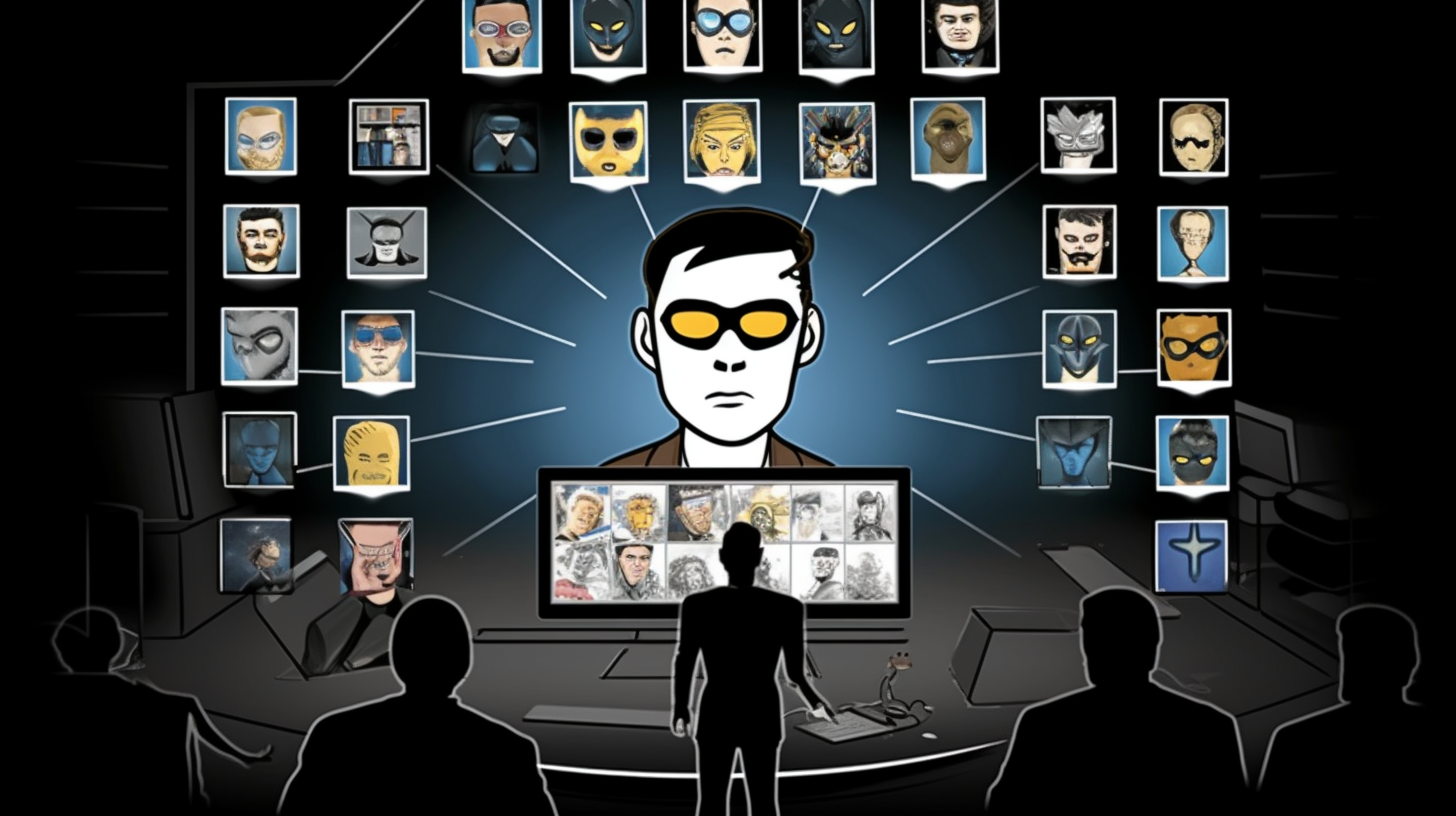Chewing the Fat on the Minutiae of Client-side Virtualization: A jocose dive into the CompTIA A+ Core 1 (220-1101) Exam Topic

Ah, technology, that double-edged sword. One day you're a hero, swiftly and smoothly resolving VPN issues; the next, you're the villain for accidentally deleting an end-user's files. Don't fret though, let's put a pin in our tech-induced fears and anxieties for a moment. Grab your favorite caffeinated beverage, and let's take a breezy, nitty-gritty tour into the realms of client-side virtualization, a key topic in the CompTIA A+ Core 1 (220-1101) exam.
The Bare Bones: What is Client-side Virtualization?
First off, let's untwist our tongues and grasp this term: client-side virtualization. It does sound fancy, right? Well, its essence is simpler than its complex sounding name. Essentially, the concept revolves around creating a virtual version of workstation components. It's much like making a virtual 'stand-in' for a physical component, as if you've created a tech-based doppelgänger.
What on earth could client-side virtualization be used for? Well, imagine leveraging this ability to test new software on a virtual workstation, rather than directly on employee machines. Think of the chaos it could prevent! If the software turns out to be more bug-ridden than a cheap motel mattress, no physical hardware suffers.
The Guts of It: Breaking Down Types of Client-Side Virtualization
Already having dipped our toes into the basics, we're now about to take a head-first plunge into the specifics. Operating System (OS) and Application virtualization rule the roost in the realm of client-side virtualization. But how do we distinguish these techy twins?
OS virtualization allows you a chance to both have your cake and eat it too. You get to run multiple operating systems on a single computer with it. It's a boon for those who wish to operate a Linux system without parting from their dear Windows. On the flip side, Application Virtualization is like pulling a rabbit out of a hat—it lets you run an application separate from the host operating system. With this neat trick, compatibility issues can take a hike!
A Comical Guide to Client-Side Virtualization
Alright folks, it's time for a laugh, because tech doesn't always have to be a straight-laced, furrowed-brow affair. Think of client-side virtualization as an overzealous actor in a one-man show. This actor is so into his role(s) that he's playing all of them at once—hero, villain, damsel in distress—all on the same stage (that's the user's computer hardware).
The actor’s hat changes as per the script (applications or operating systems), he morphs from Sherlock to Moriarty, without causing any mayhem to the stage (the physical hardware). And what if the actor forgets his lines or worse—trips over a prop? Not to worry! Instantly, a new actor replaces him, and the show goes on. That, dear friends, is the beauty of client-side virtualization—a bit of drama, zero destruction!
The Long and Short of It: Benefits and Limitations of Client-Side Virtualization
Moving on from our theatrical adventure, let's peel back the curtain and see what benefits client-side virtualization offers, and what limitations it might hide in its back pocket. It pins plentiful and attractive benefits like cost savings, increased productivity and improved disaster recovery to its lapel.
Nonetheless, just like any other technology, it doesn't paint a completely hunky-dory picture. Client-side virtualization does come with certain limitations. These include potential performance issues, complexity, and, ironically, potential hardware constraints. It's essential to remember these, lest we get too carried away with the dazzle of virtualization.
Tying Up Loose Ends: Preparing for the Exam
After our zany, yet enlightening journey, you may be wondering how all this will impact your battle with the CompTIA A+ Core 1 (220-1101) exam. The answer? Tremendously! Understanding client-side virtualization is not just about passing the exam, but also about honing an essential skill-set for your future IT career.
To prepare, be sure to revisit the aspects of client-side virtualization we discussed. Play with the concepts, find relatable examples and, most importantly, don't lose your sense of humor in the process! After all, they do say laughter is the best medicine, and that applies to exam nerves as much as it does to a common cold. Onwards and upwards, tech whizzes!